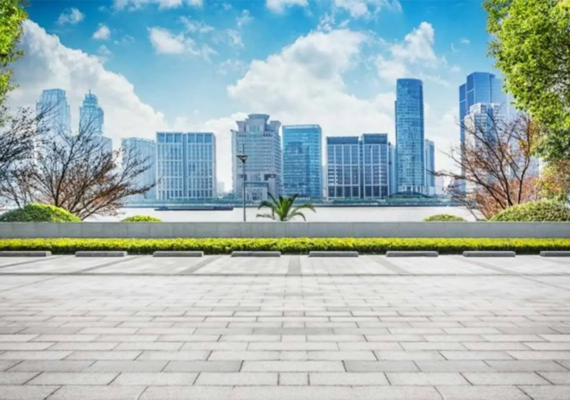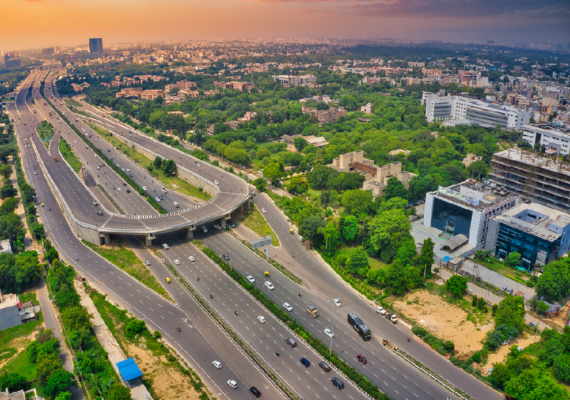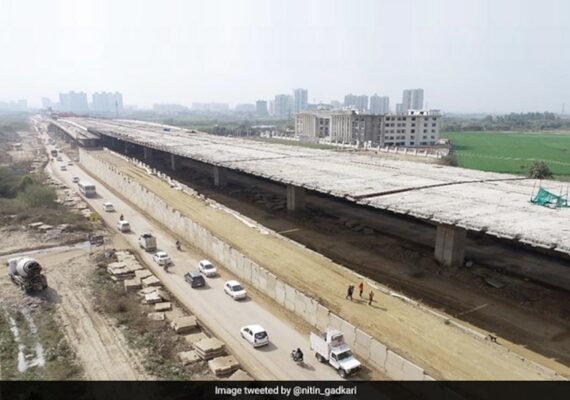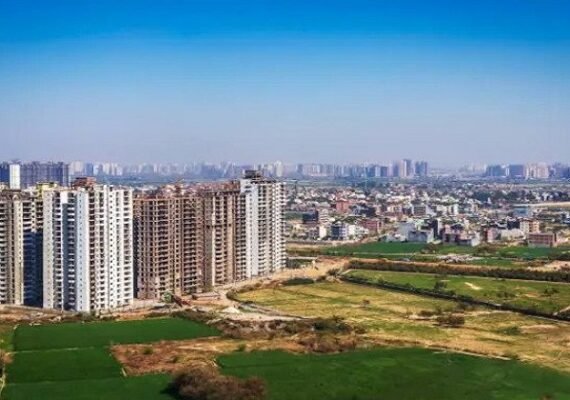Property market across Indian cities is becoming more attractive to non-resident Indians as rupee exchange value falls.
Indian real estate market is seeing a sudden spike in demand by NRIs (non-resident Indians) in the recent weeks, triggered by a 10-12 percent fall in rupee exchange value against US dollar.
This translates into a corresponding drop in property prices for NRI buyers, according to industry players and real estate services and research firms.
The slackness in the Indian residential real estate market in many Indian cities has given added advantage to NRI investors who can drive hard bargains to further sweeten their purchase deals.
The depressed market conditions in Indian residential real estate sector have led to a price correction, which also acts as an added attraction for NRI interests.
According to industry players, the recent demand pick up is led mostly by NRIs from the Middle East, who have started investing in Indian residential properties, especially in Tier 2 projects where prices are more affordable. The exchange value of UAE dirham has also crossed the 20 mark recently vis-a-vis Indian rupee.
The demand surge, however, is mainly being witnessed in select markets such as Bangalore, Hyderabad and select pockets of Delhi/NCR and Mumbai such as Navi Mumbai, and also limited to RERA compliant (Real Estate Regulation and Development Act) projects being implemented by reputed builders.
“There is a sudden jump in investments by NRIs from the Middle East in the wake of sliding Rupee value and continuing slack in market conditions which enable them to drive hard bargains for their purchases. They, however, are investing only in RERA compliant projects,” Shajai Jacob, executive director and head of marketing at leading real estate service and research firm JLL, told Arabian Business.
RERA was implemented in Dubai and other UAE markets much before it has become mandatory in India and NRIs from the UAE region are comfortable in investing in RERA compliant projects, Shajai said.
NRIs account for about 30 percent of the total sales of apartment projects by most of the reputed Indian builders.
Industry observers point out that with no hope of citizenship in the Middle East, Indian expats working in the region are still eager to create a wealth corpus back in India for their long-term financial security. As is the common trait with Indians, real estate is still the preferred investment for NRIs.
Surabhi Arora, senior associate director at Colliers International, said sensing the rise in interest by NRI investors, many of the Indian projects developers have already held or planning to hold trade shows and exhibitions in many parts in UAE and even in London.
“There is definitely a surge in interest and enquiries by NRI investors, especially from the Middle East. However, we still have no data available to validate the high level of activity (bookings/purchases) by NRIs,” Surabhi said. She, however, said the current trend by buyers is mainly for ready-to-move-in properties as several buyers have already burnt their fingers investing in under construction projects in the past.
Officials at some of the leading developers said they observed bookings by NRI buyers in multiple projects in Tier 2 residential projects. “Affordability of prices and lower monthly payouts make these projects highly attractive to NRI investors, especially from the Middle East. They, however, are booking only in RERA compliant projects,” officials say.
Samir Jasuja, MD of PropEquity, a real estate research, data and analytics firm in India, said it is too early to establish whether there is a trend of rising investments by NRI investors in view of the falling rupee value, making apartment prices cheaper for them.
“I think it will take another 6 months before we see there is any significant increase in demand by NRIs because price is only one of the factors when it comes to property purchases,” Samir said.
According to a report put out by PropEquity last week, total absorption of housing units increased by 6 percent across top 9 cities in India in the third quarter of 2018 to 51,142 units.
Source : Arabian Business.










